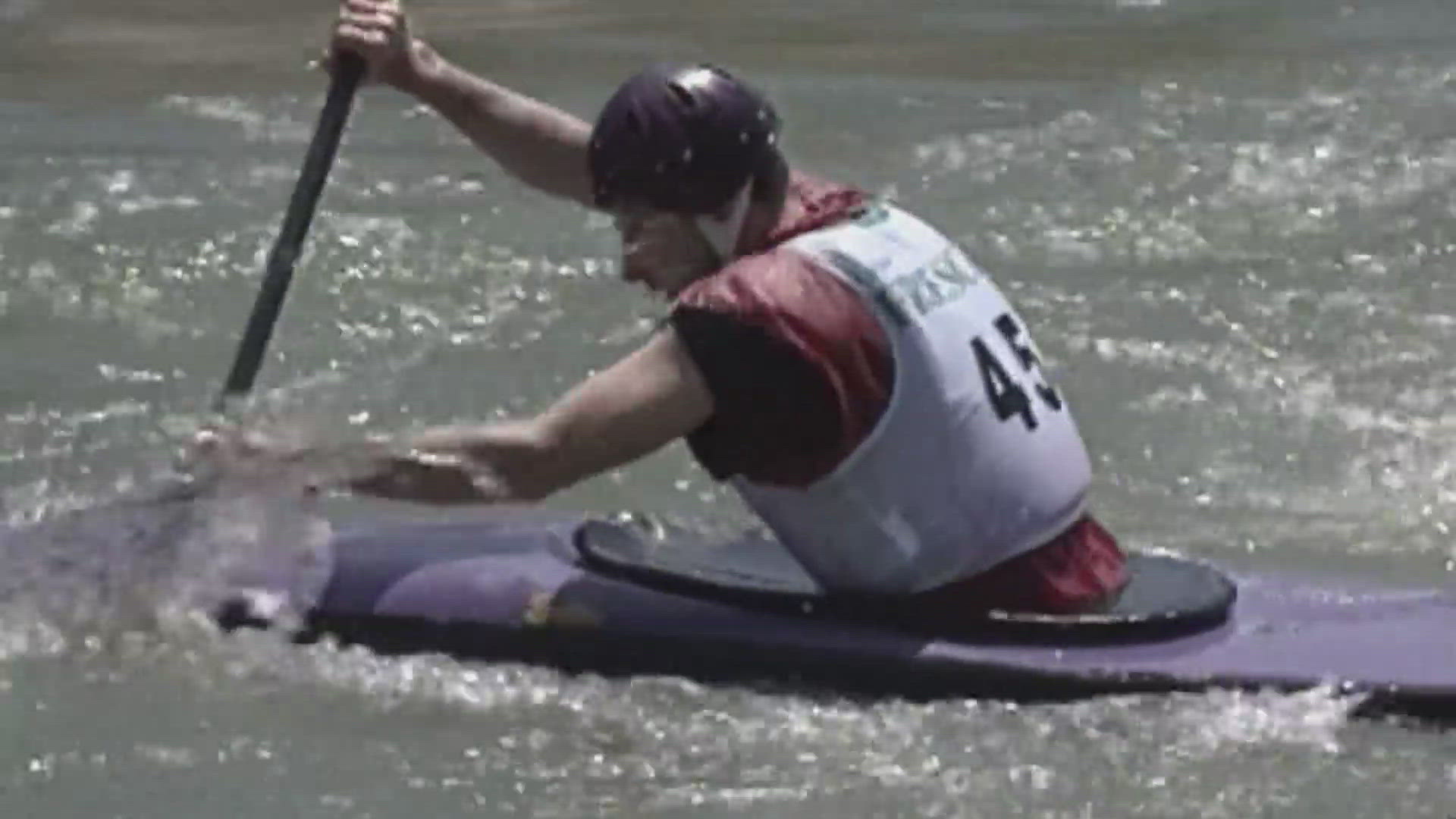OCOEE, Tenn. — The Ocoee River stretches 93 miles through Tennessee and Georgia and beneath the water, lies a rich history, of white-water rafting.
A history that most didn't know existed.
In the early 1910’s the Tennessee Electric Power Company built Ocoee Dam Number Two. Tennessee Valley Authority bought it in 1939 and Ocoee Dam Number Three was built in 1941.
In the mid-70s there was a problem with the flume, and it was taken out of service.
“While the study was going on about what would happen with that flume, a thriving recreation industry popped up,” said Robin Robertson. “Because without the flume, we weren't generating and all the water was going down the river, so lots of opportunity for white water rafting, kayaking, it actually exploded in that area”
After the flume was repaired, outfitters asked the state for guaranteed water releases on the Ocoee.
A congressional agreement was made allowing water to be released for 116 days throughout the year for the next 35 years.
The outfitters would pay for the cost recovery to TVA for all the power lost. White water rafting put the Ocoee River on the map.
“These people started showing up, and they'd been out West, they were like, this is awesome,” said Angelo Giansante, the Park Manager for the Hiwasee and Ocoee State Park.
“So they started buying rafts and taking people down. Kayakers started showing up. And next thing you know, it's like, there's, like, a business going on there.”
Business for the outfitters and the area started to explode but they didn’t stop there.
The outfitters and the Tennessee Governor created a group that petitioned to get the Olympics to the Ocoee. Multiple agencies including TVA began preparing the river for the Atlanta Olympics. Modifications were made to the riverbed of the upper Ocoee for the Olympic events.
The course was about five miles and engineers narrowed the riverbed from 200 feet to 70 feet, causing the water to have more power and stream faster.
“There are some features that they did modify some,” said Robertson. “(They) did some modifications to the riverbed itself, so that it would be like a bigger hole or a bigger it made the feature better.
The Olympics also brought in thousands of fans.
Deangelo said decades after the Atlanta Olympics the area is still bringing in hundreds of thousands of people wanting to go down the same course as the Olympians.
“When it was built, it was planned on being an anchor point for this community and gathering," Deangelo said. “They had the intention of this continuing to be a place for people to come and enjoy their time.”

